REVIEW – We dove into Ubisoft’s ambitious new Japanese-set Assassin’s Creed adventure on a mid-range PC, Xbox Series X, GeForce Now, Steam Deck, and even the Lenovo Legion S. Long before release, the game was already stirring controversy thanks to one of its protagonists: Yasuke, a real-life Black samurai. The other playable lead is Naoe, a deadly but lean female shinobi whose presence has similarly ruffled some ultra-conservative feathers. You can alternate between these two in a typically vast action-adventure experience that has some serious competition to live up to — think Sekiro, Ghost of Tsushima, Rise of the Ronin, and the freshly remastered Ninja Gaiden 2. So, the big question: does this samurai-ninja saga truly cut it?
Booting up Assassin’s Creed Shadows for the first time was nothing short of surreal. Seeing a samurai and shinobi stare back at me from the main menu of an Assassin’s Creed game? That alone felt like a landmark moment. The franchise had finally arrived in feudal Japan — a setting fans have been begging for over a decade. But as a veteran player, I was cautious. Could the actual game live up to the version I had been dreaming about for years?
After spending more than 55 hours in the Azuchi–Momoyama period, I walked away with mixed emotions. The biggest win is undoubtedly the seamless fusion of samurai and shinobi gameplay — arguably the best combat experience the franchise has offered so far. The story, however, is a letdown. Not because it’s outright bad, but because it’s simply average: predictable, emotionally flat, and lacking the sci-fi spark that once helped define the series. Still, that’s easier to forgive when the gameplay is as fun and polished as this.
If I had to sum up Shadows in one word, it would be “deliberate.” Slow-paced, contemplative, and methodical — and that’s not a criticism. It matches the tone and philosophies of the historical period and its characters. The game encourages you to progress at your own rhythm, whether in its stealth, exploration, or combat. The story also reveals itself gradually, as Yasuke and Naoe uncover the deeper conflicts in a land teetering on the edge of upheaval.
The most powerful moments come early. You witness Yasuke’s transformation from a Portuguese slave-warrior into Oda Nobunaga’s top samurai, leading a military push into Iga — which just so happens to be Naoe’s home. If you’ve played past Assassin’s Creed entries, you’ll likely predict Naoe’s arc from the start. What’s more important is how muted the classic Assassins vs. Templars struggle has become. That central theme is barely present — and its absence is noticeable.
Revenge, sake, steel and a Portuguese lilt
After suffering personal tragedy, Naoe sets off on a path of vengeance — one that mirrors Yasuke’s in more ways than one. Neither storyline is especially groundbreaking, and I often found myself ahead of the plot. However, the “Immersive Mode,” which dynamically adjusts voiceovers based on language context (e.g. Yasuke speaks Japanese to Japanese characters and Portuguese to Portuguese ones), really brought the characters to life. Yasuke’s stoic demeanor clashes beautifully with the explosive violence he unleashes, while Naoe’s fiery personality is offset by her composed shinobi precision. The story may not shine, but watching these two interact with the world is still entertaining — I just wish the writing had given them more to work with.
The open-world RPG structure echoes Valhalla and Odyssey: your mission board soon becomes cluttered with targets. It quickly expands as you encounter the Shinbakufu, a masked villain faction behind much of the game’s betrayal and bloodshed. You’ll spend a lot of time gathering intelligence: speak with locals, infiltrate compounds, gather clues, and eventually identify and eliminate each enemy. The formula is repetitive on paper, but thanks to satisfying execution, it rarely feels dull.
Samurai or shinobi? Why not both?
After the lengthy Act One — which centers on Naoe — the world opens up and you’re free to switch between her and Yasuke for most missions. It’s refreshing to shift gameplay styles on the fly, deciding not only who to play as, but how to handle each situation. Shadows is impressively designed to suit both characters’ strengths. Each fortress and encampment provides ample room for Yasuke to smash through enemies with his massive Tanto club, while also offering plenty of rooftops and foliage for Naoe to sneak and strike from the shadows. I never felt one was weaker than the other — it all came down to my mood.
Playing as Naoe, I might scale the side of a keep, sneak past several guards, and silently eliminate a target from behind. As Yasuke, I’d bulldoze through the gate, splinter it apart, and lay waste to every floor in a brutal, full-frontal raid. Shadows delivers the best melee action in the franchise — and its most refined stealth. Every moment feels exciting thanks to a curated arsenal of historical weaponry, flashy abilities that turn the tide of battle, and devastating combo finishers. The combat system demands precision, parries, and full attention to enemy cues. It’s easily the toughest AC game yet, but it’s also the first in the RPG era to make the combat feel this polished. Simply put: I felt like a badass samurai god — but I had to earn it.
Get ready for the master!
The character progression tied to combat is genuinely rewarding. You unlock new abilities via Mastery Points, and can fine-tune your build around your favorite weapon and playstyle. Some may find the system divisive, but I appreciated how reaching higher ability tiers required leveling up your Knowledge Rank — which happens naturally through exploration and side activities. The result is a subtle, almost meditative loop of fighting, looting, and learning that blends smoothly with the constant gear drops, each offering unique buffs, conditions, or passive effects.
Combat aside, Shadows is also a visual and sensory marvel. Japan’s shifting seasons are captured beautifully: every few in-game hours bring dramatic changes. In winter, Naoe trudges through deep snow; in summer, sunlight casts a blinding glow across golden fields. Autumn paints forests in bright oranges while the wind stirs leaves like dancers; spring sees sakura petals drift across cobblestone paths. Chirping crickets and croaking frogs break the silence near lakes, while falling leaves and wild winds give the world a painterly feel no previous Assassin’s Creed has achieved. On PlayStation 5 Pro, the visuals stunned me again and again — especially the light filtering through massive tree canopies.
Japanese garden, designed for you
The Hideout system takes personalization up a notch while tying it into your gameplay progress. It lets you build your own serene Japanese garden using materials gathered across the map. Beyond practical facilities that support character progression, you can add decorative flourishes: trees, pets, sculptures, and more. I focused mostly on function, but the system has plenty to offer those who want to build a quiet aesthetic haven to match the tone of feudal Japan.
Because of the mountainous terrain, Shadows feels a little more linear than earlier open-world AC entries. Sure, you can try scaling cliffs, but it’s not exactly smooth. Instead, the game subtly nudges you toward natural or man-made paths leading to shrines, settlements, or secret spots. It’s a curated experience that ensures you rarely get lost — or bored. While the surprises are few, I never tired of stumbling across lost scrolls, climbing to a new vista, or lighting incense at forgotten temples. Maybe those tasks will start to feel repetitive later on, but for now, just moving through this world remains a joy.
Lost sci-fi threads and background noise
I’m disappointed at how far the series has strayed from its sci-fi roots and the Assassin–Templar mythos. I get it: Ubisoft clearly wants to phase out those elements. But I still miss them. The new Animus system, which technically brings modern-day content, boils down to a glorified loot dispenser. You get free gear for completing various objectives, and while there are microtransactions for cosmetics and map reveals, you can’t fast-track anything with real money.
Still, the system feels completely disconnected from the main narrative. Even the modern-day vignettes you unlock later don’t feel like they belong. And the classic conflict between Assassins and Templars? It shows up near the very end — flat, rushed, and forgettable. I understand the historical settings are the main draw now, but I’m one of the old-school fans who fell in love with the lore, the conspiracy, the sci-fi weirdness. And Ubisoft seems to have moved on from that version of the franchise — even if I haven’t.
Different experiences on every platform — not always in a good way
On a mid-range PC equipped with an 8 GB GeForce RTX 4060 Ti, Shadows looked gorgeous at high and ultra-high settings. From lighting to textures, it screamed next-gen. But it wasn’t all smooth sailing — I experienced occasional frame drops, and fine-tuning settings was necessary to hit a steady 60 fps. The result was a visually strong, mostly fluid experience — with some compromises.
On Xbox Series X, the experience was stable and slick. You can switch between Performance and Quality modes depending on your preference for smooth frame rates or sharper visuals. While it doesn’t quite rival maxed-out PC settings, it delivers excellent performance with zero stutter and minimal loading.
Steam Deck performance is less impressive. The game runs at a stable 30 fps with fixed settings, which keeps things playable — just not pretty. If you’re after portability over spectacle, it’s a fair trade. But the Deck’s limitations do show, especially during big action scenes or busy environments.
On GeForce Now, streaming from RTX 4090-grade servers, Shadows looks breathtaking — like playing a cinematic trailer in real-time. Particle effects, reflections, frame rate — all top-notch. That said, your enjoyment hinges on having a rock-solid internet connection. If your bandwidth holds up, this is the smoothest and most stunning way to play.
The Lenovo Legion Go S, however, is a disaster. Even on normal settings, frame rates regularly dip below 20 fps and stay there. Despite all attempts to optimize, Shadows is currently unplayable on this device.
In the shadow of blood and honor
When the credits rolled, I felt oddly hollow — but still eager to return. Where the story falters, gameplay picks up the slack and then some. This is hands down the best shinobi experience AC has ever delivered. And while there might be better samurai games out there, controlling Yasuke is still a bloody thrill.
I’ve been a fan since day one, and every Assassin’s Creed has left its mark. Ezio’s trilogy gave me thrilling conspiracy wrapped in Renaissance intrigue. Edward’s journey was the ultimate pirate fantasy. Bayek’s arc was deeply emotional. And Kassandra? Unforgettable. Now Shadows earns its place among them — a personal reminder that in this medium, gameplay always reigns supreme. And Yasuke and Naoe command it like true warriors of the shogunate age.
-Gergely Herpai “BadSector”-
Pros:
+ Tight, polished, and brutal combat system
+ Visually spectacular with immersive seasonal transitions
+ Two distinct protagonists with balanced gameplay styles
Cons:
– Weak and predictable story
– Modern-day sci-fi elements feel irrelevant
– Performance issues on certain platforms
Publisher: Ubisoft
Developer: Ubisoft Quebec
Genre: Action-Adventure
Release: March 20, 2025
Assassin's Creed Shadows
Gameplay - 9.2
Graphics - 9.5
Story - 7.1
Music/Audio - 8.5
Ambience - 9.2
8.7
EXCELLENT
With fantastic visuals and great gameplay, Assassin's Creed Shadows proves that the series is still capable of delivering something new. While the story won't rewrite the video game narrative, the mechanics of the two protagonists complement each other so well that you can't put down the controller. The combination of samurai and ninja works here perhaps best in the history of gaming.

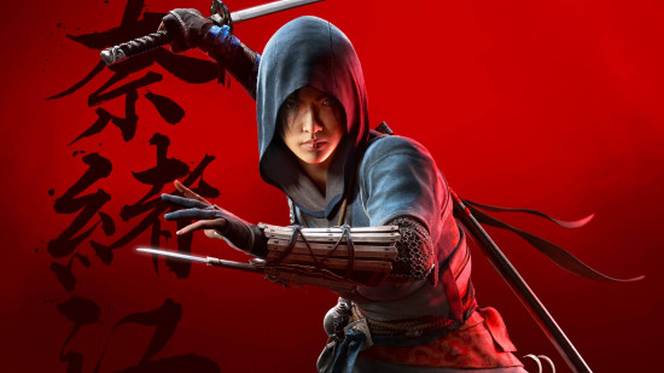
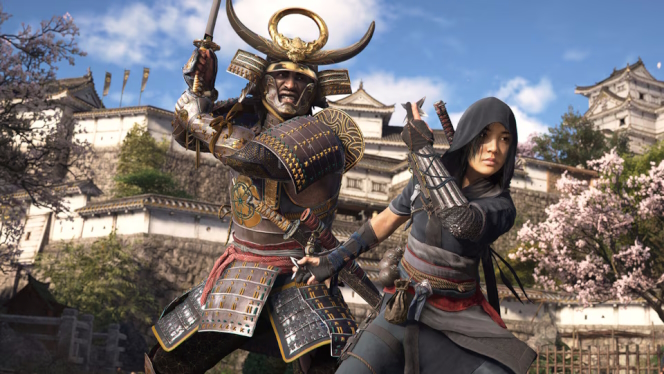
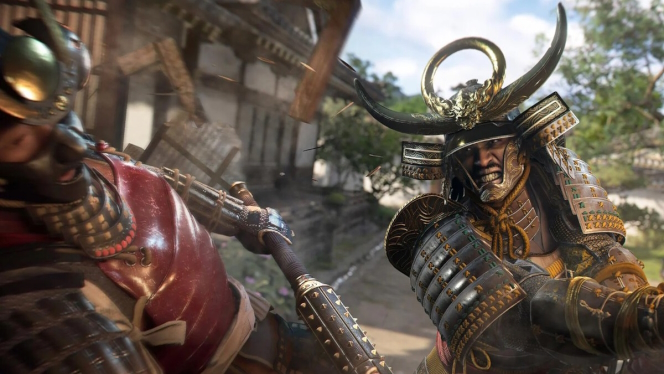
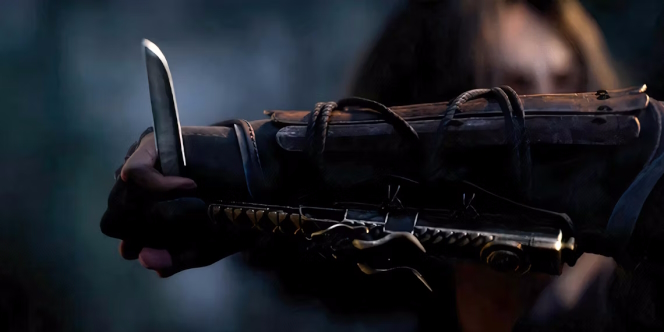

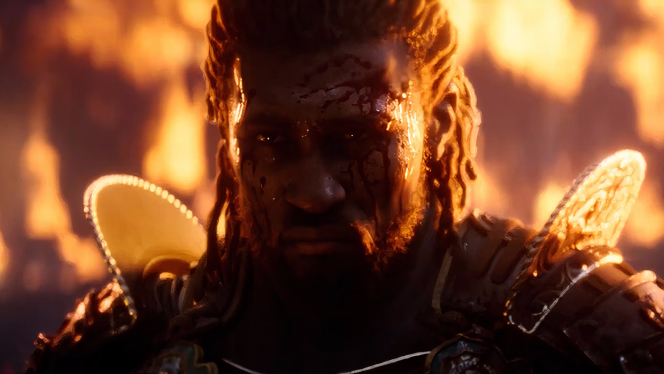
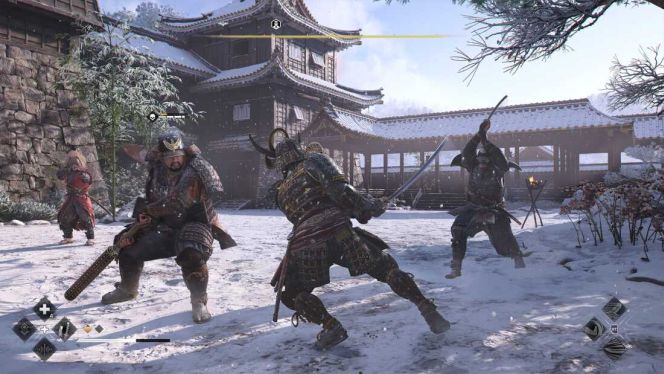










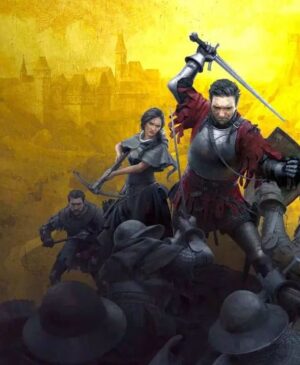
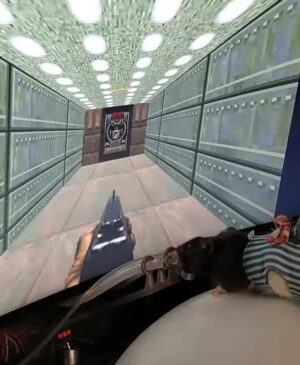

Leave a Reply